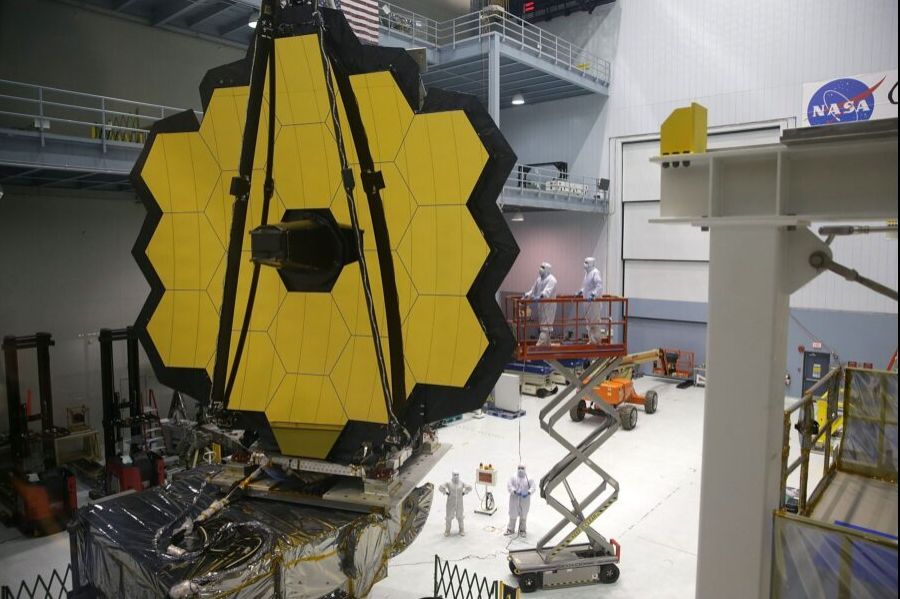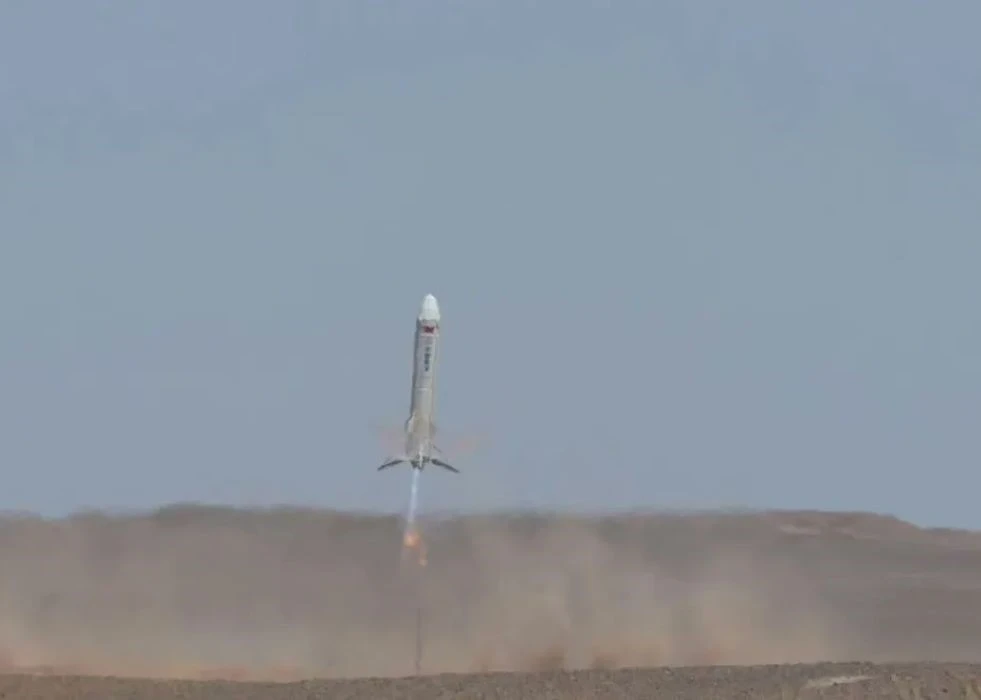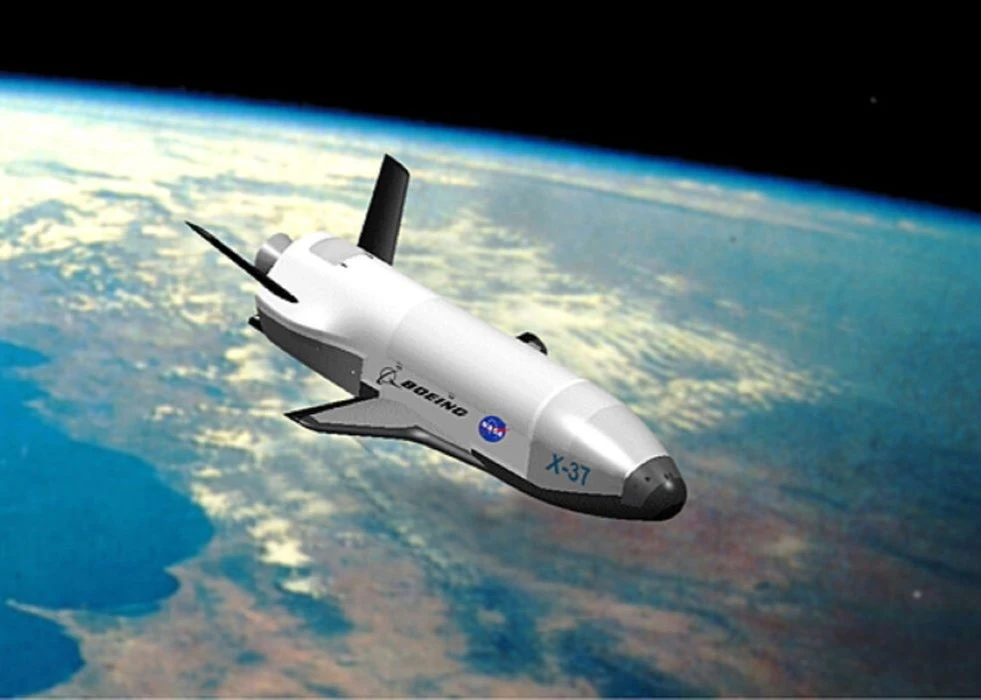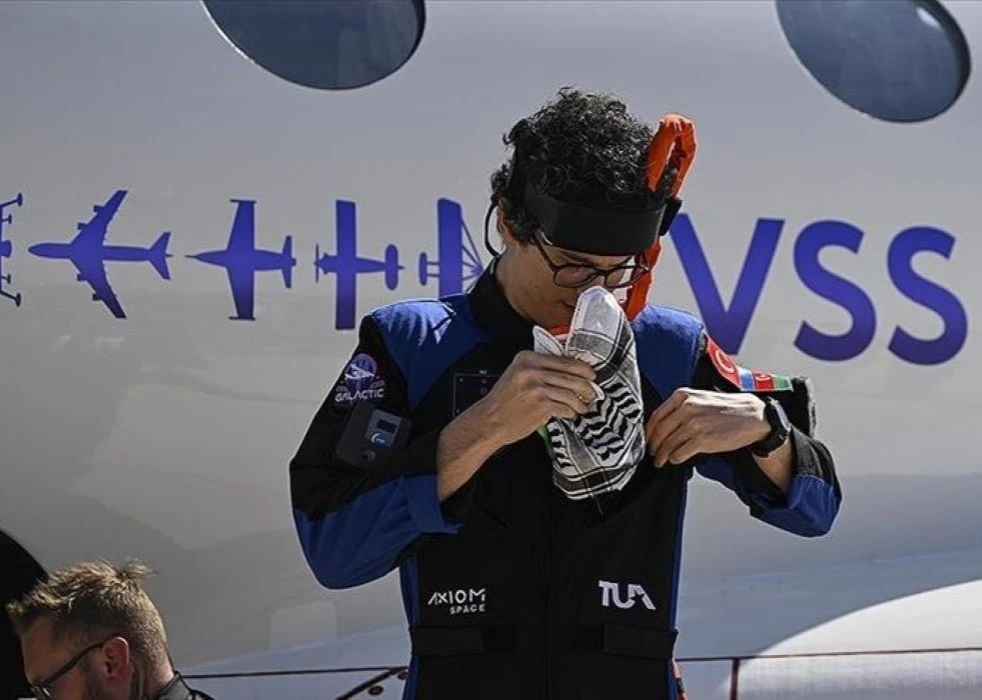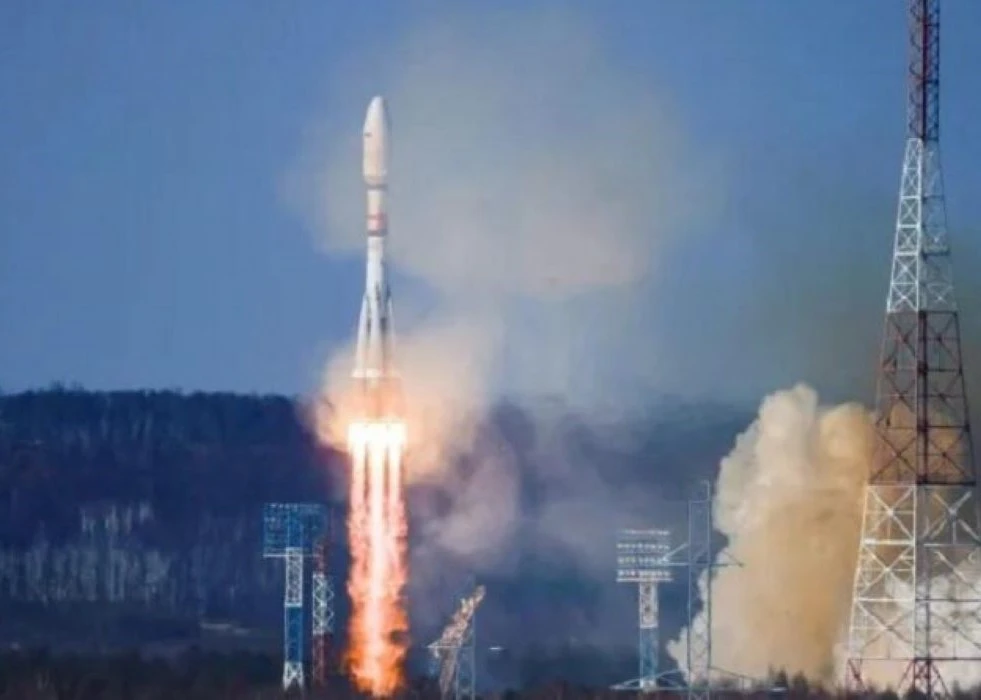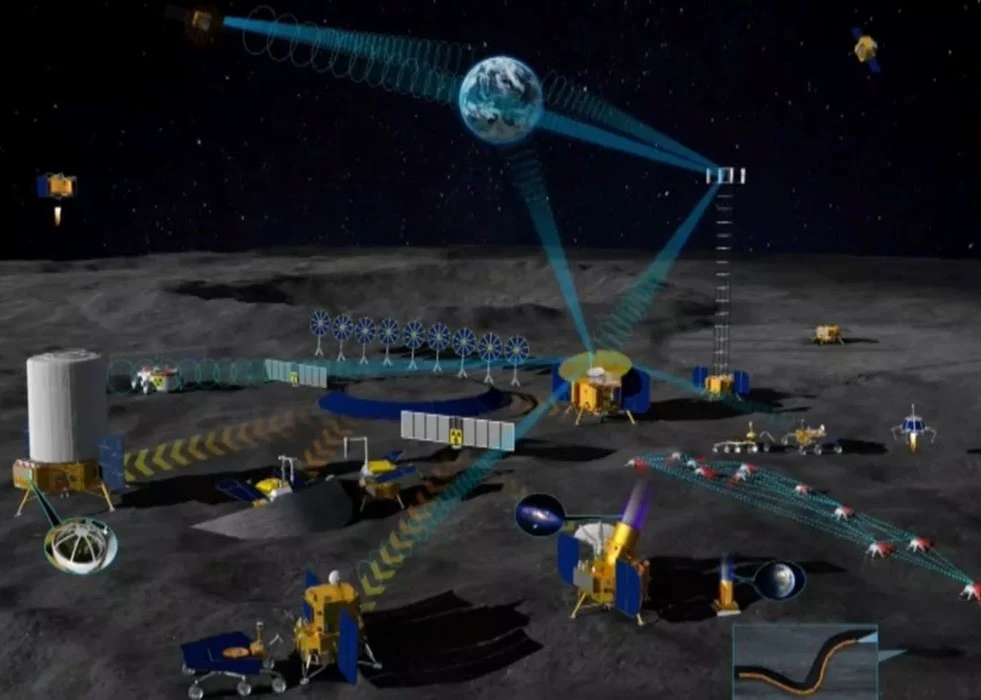The James Webb Space Telescope (JWST) will be launched on Friday to observe one million miles away from Earth. The $10 billion worth of infrared space telescope is being jointly developed by NASA, the Canadian Space Agency (CSA) and the European Space Agency (ESA). The JWST will succeed the Hubble Space Telescope. Unlike the Hubble, It will only provide improved infrared resolution and sensitivity to observe the universe's most distant events and objects.
The NASA Goddard Space Flight Centre (GSFC) manages the development effort, and the Space Telescope Science Institute will operate Webb after launch. The prime contractors are US companies Northrop Grumman and Ball Aerospace & Technologies.
NASA announced On 18 December 2021, that JWST will be launched at 6:20 am Central(UTC−05:00) on 24 December 2021 by an Ariane 5 rocket from Kourou, French Guiana, on the north-eastern coast of South America.
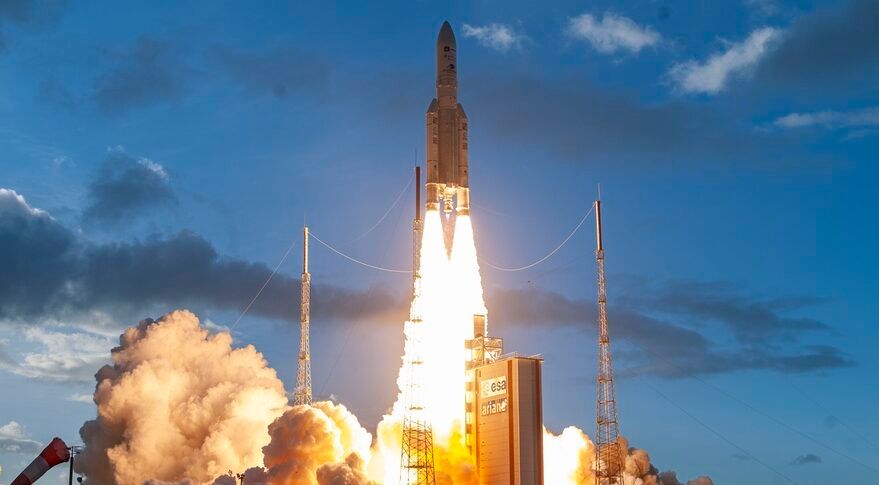 The JWST has an
expected mass of about half of the Hubble Space Telescope. However, its primary
mirror, a 6.5 m (21 ft) diameter gold-coated beryllium reflector, will have a
collecting area over six times as large, 25.4 m2 (273 sq ft), using 18
hexagonal mirrors with 0.9 m2 (9.7 sq ft) obscuration for the secondary support
struts.
The JWST has an
expected mass of about half of the Hubble Space Telescope. However, its primary
mirror, a 6.5 m (21 ft) diameter gold-coated beryllium reflector, will have a
collecting area over six times as large, 25.4 m2 (273 sq ft), using 18
hexagonal mirrors with 0.9 m2 (9.7 sq ft) obscuration for the secondary support
struts.
JWST is designed primarily for near-infrared astronomy but can also see orange and red visible light and the mid-infrared region, depending on the instrument.
Ground-based telescopes must look through the earth"s atmosphere, opaque in many infrared bands. Even where the atmosphere is transparent, many of the target chemical compounds, such as water, carbon dioxide, and methane, also exist in the earth"s atmosphere, vastly complicating analysis. Existing space telescopes such as Hubble cannot study these bands since their mirrors are insufficiently cool. The Hubble mirror is maintained at about 15 °C (288 K; 59 °F)) thus, the telescope itself radiates strongly in the infrared bands.
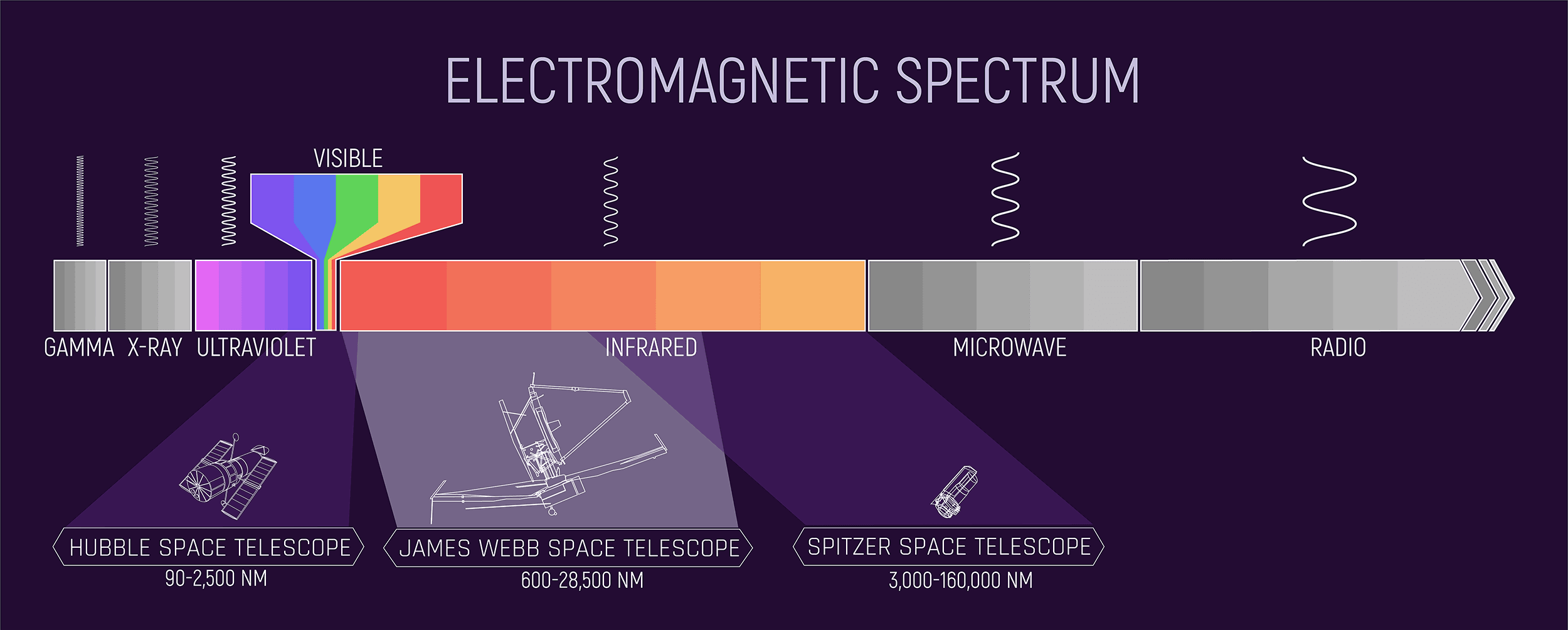
JWST will operate near the Earth-Sun L2 (Lagrange point), approximately 1,500,000 km (930,000 mi) beyond earth"s orbit. By way of comparison, Hubble orbits 550 km (340 mi) above the earth"s surface, and the Moon is roughly 400,000 km (250,000 mi) from the earth. This distance made post-launch repair or upgrade of JWST hardware virtually impossible with the spaceships available during the telescope design and fabrication stage. Objects near this Lagrange point can orbit the Sun in synchrony with the earth, allowing the telescope to remain at a roughly constant distance and with the constant orientation of the single heatshield and the Bus toward the earth and the Sun to block heat and light from the Sun and Earth and maintain communications. This arrangement will keep the spacecraft temperature below 50 K (−223 °C; −370 °F), necessary for infrared observations.


